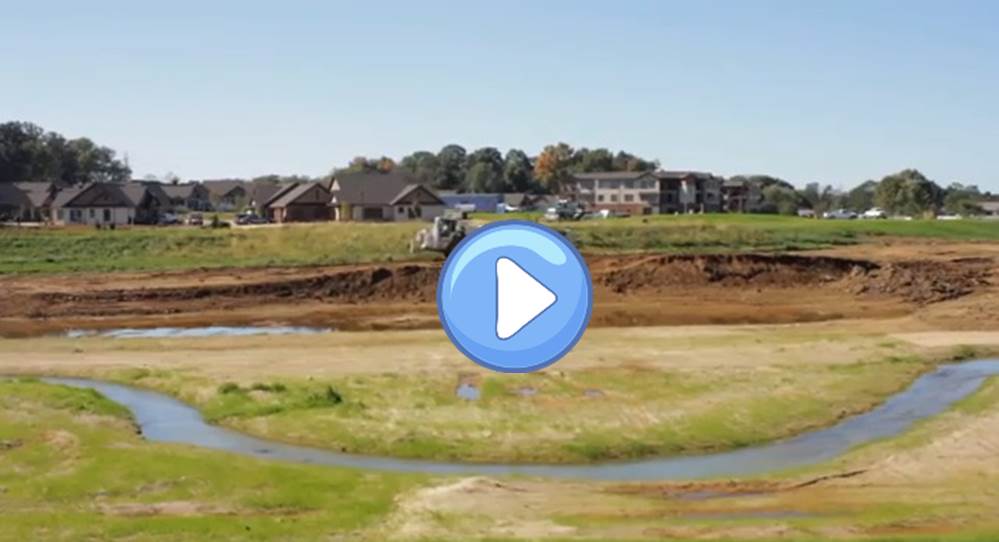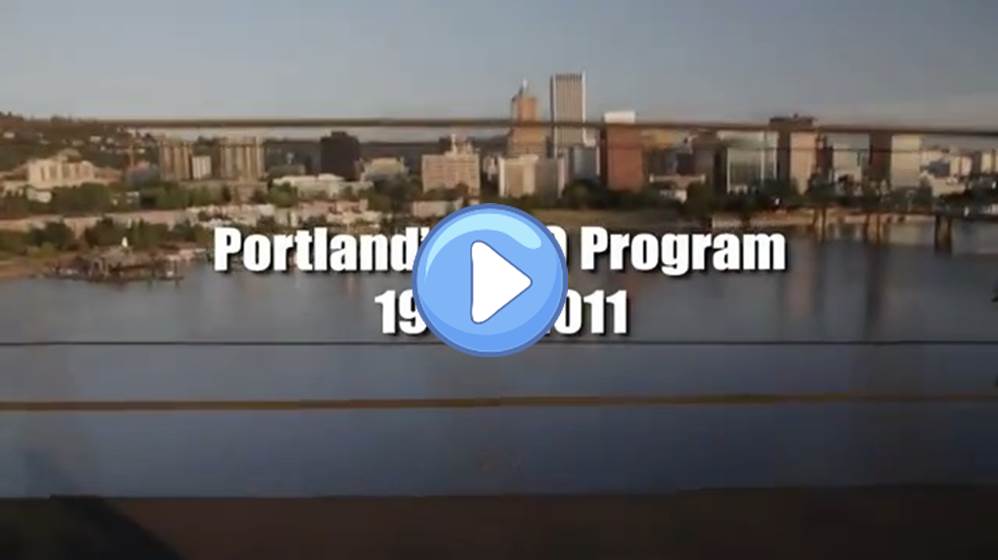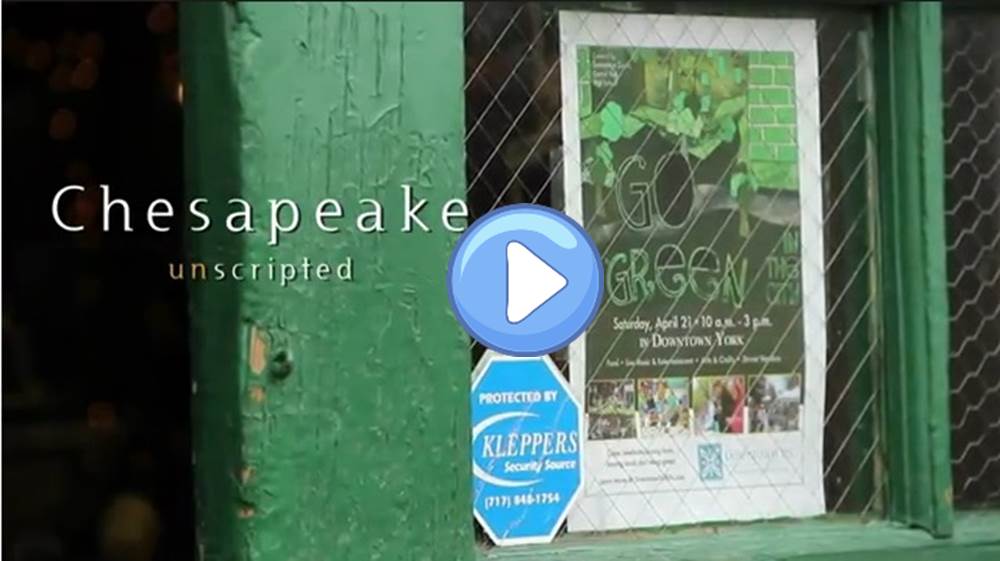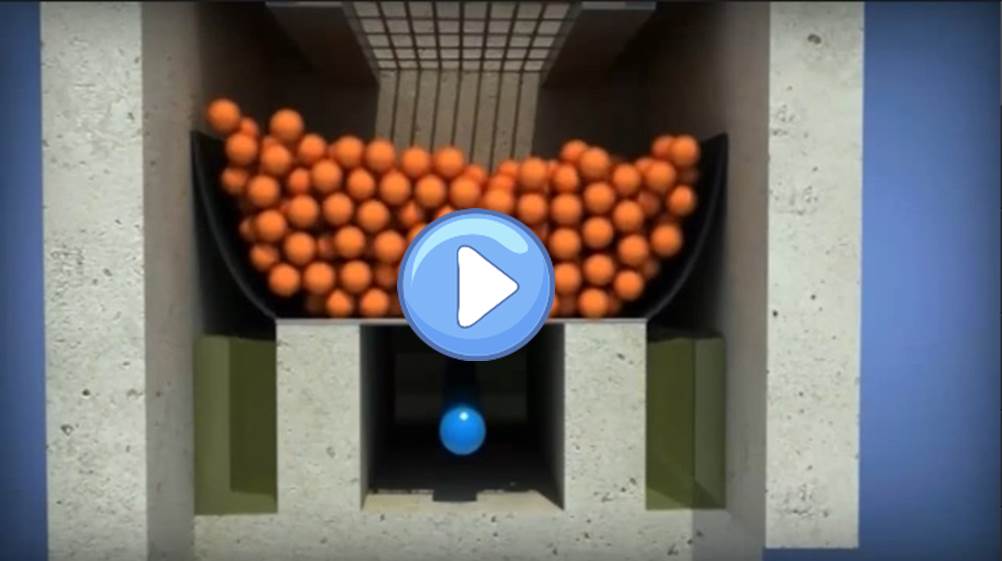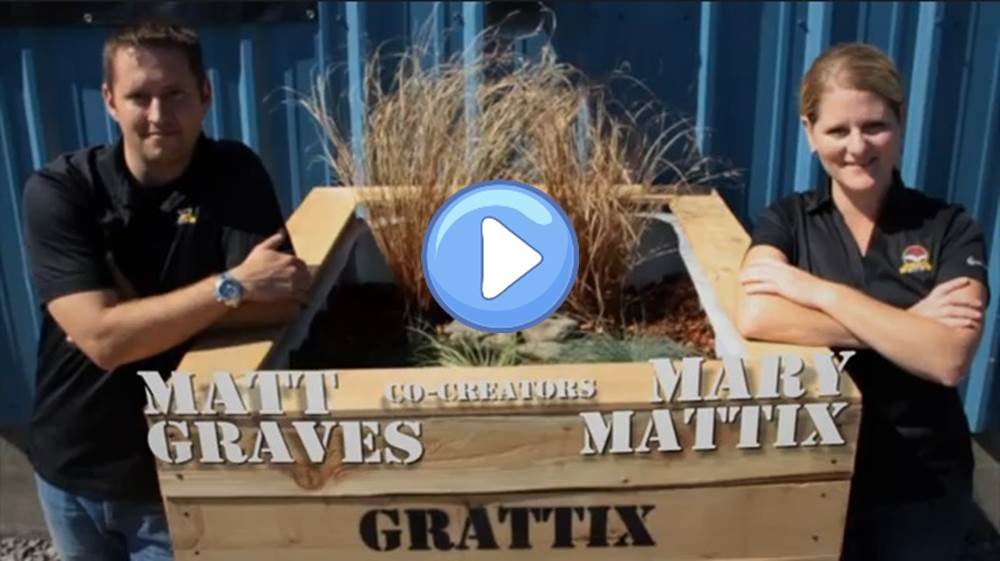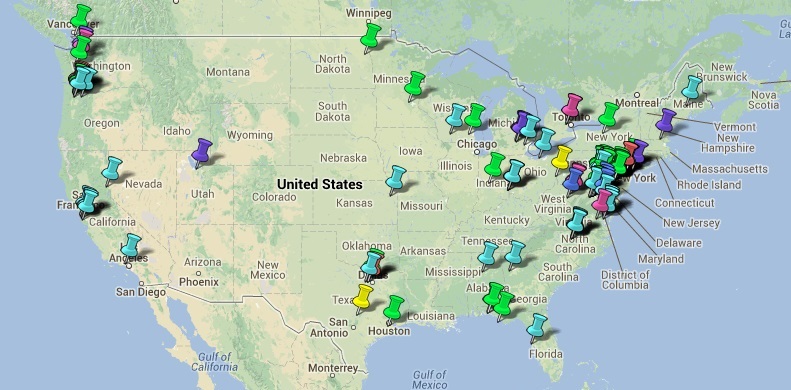 The StormTV Project is a video competition developed by the Water Environment Federation (WEF) with the goal of sharing creative ways of managing stormwater, improving water quality, and informing the public about stormwater management. Winners include LandStudies, Inc.; Portland Bureau of Environmental Services; the Chesapeake Bay Program; WesTech Engineering, Inc.; and the Washington Stormwater Center.
The StormTV Project is a video competition developed by the Water Environment Federation (WEF) with the goal of sharing creative ways of managing stormwater, improving water quality, and informing the public about stormwater management. Winners include LandStudies, Inc.; Portland Bureau of Environmental Services; the Chesapeake Bay Program; WesTech Engineering, Inc.; and the Washington Stormwater Center.
During two summer submission periods in 2012 and 2013, WEF collected 113 stormwater videos, amounting to nine hours of content. In 2013 alone, WEF received 75 videos covering a broad range of stormwater topics from green infrastructure design to youth education programs to stream restoration. Videos were submitted by organizations, government entities, consulting firms, and equipment manufacturers nationwide.
Twenty judges from WEF’s stormwater and watershed committees participated in reviewing this year’s StormTV Project submissions. Videos were entered under four categories: For-Profit Projects; Nonprofit & Government Programs; and Public Education & Informational Pieces. WEF also gave one video the Innovative Solutions Award. Judges scored the videos based on innovation, communication of the message, visual appeal and quality, and content matter and relevance.
“I was amazed by the quality, range of topics and educational value packed in these short videos,” said Stormwater Committee Chair Mike Beezhold. “These videos offer a lot of great ideas, tools, and techniques that have worked for others in the stormwater and water quality fields — bite size stormwater education easy to view over lunch.”
With stewardship as a guiding principal of the Landis Homes retirement community, located in Lancaster County Pennsylvania, the primary goal of this restoration project was to vastly improve stream function and the site’s ecological biodiversity while making efficient use of the land. LandStudies designed and constructed a floodplain restoration, which included returning a dammed stream back to its historic condition. The project created 2.6 ha (6.5 ac) of functional wetlands with the goal of reducing sediment and nutrient pollution to the Chesapeake Bay. Residents have embraced this restoration as a centerpiece of their community, and cherish the commitment to stewardship that this innovative project represents.
Portland’s combined sewer overflow abatement strategies range from relatively low-cost construction projects to innovative, state-of-the-art tunneling. Projects such as downspout disconnection, the construction of separate storm sewers, and stream diversion accompany larger, more complex facilities like the 5.6-km (3.5-mi), 4-m (14-ft) diameter West Side CSO Tunnel. Portland’s strategy also combines traditional stormwater infrastructure with green approaches. Green infrastructure will help the city protect its gray assets while increasing the efficiency of its pipe system and restoring urban watersheds.
The Chesapeake Bay Program is a unique regional partnership that has led and directed restoration of the Chesapeake Bay since 1983. The Chesapeake Bay Program website serves as a comprehensive and dynamic online educational resource that includes news, original features, photo essays and multimedia aimed toward informing the public about watershed issues, with a strong focus on the impacts of stormwater runoff. In this short informational video, filmmaker Steve Droter asked people in York, Pennsylvania what happens to stormwater runoff after it rains. Discover how public perceptions of stormwater differ widely from one individual to the next.
Stormwater runoff can cause serious water pollution. Runoff pollutants are discharged to lakes, rivers and streams, harming ecosystems and aquatic life. The WWETCO FlexFilter™ from WesTech Engineering, Inc. uses synthetic compressible media in a high-rate filtration process to treat stormwater runoff, as well as provide an innovative new solution for sewer overflows, primary treatment, tertiary treatment, and industrial water pretreatment.
This video is part of the Washington Stormwater Center’s Innovative BMP Video Series. It was produced in conjunction with the Port of Vancouver, a leader in industrial stormwater management. In 2008, staff at the Port of Vancouver invented an inexpensive, innovative and effective treatment device to remove zinc from their stormwater runoff.

